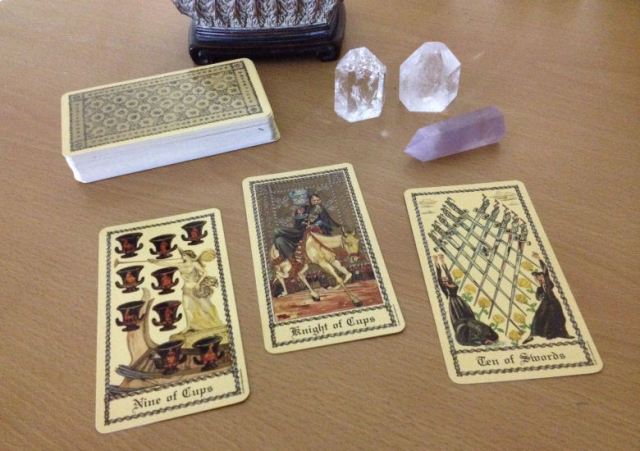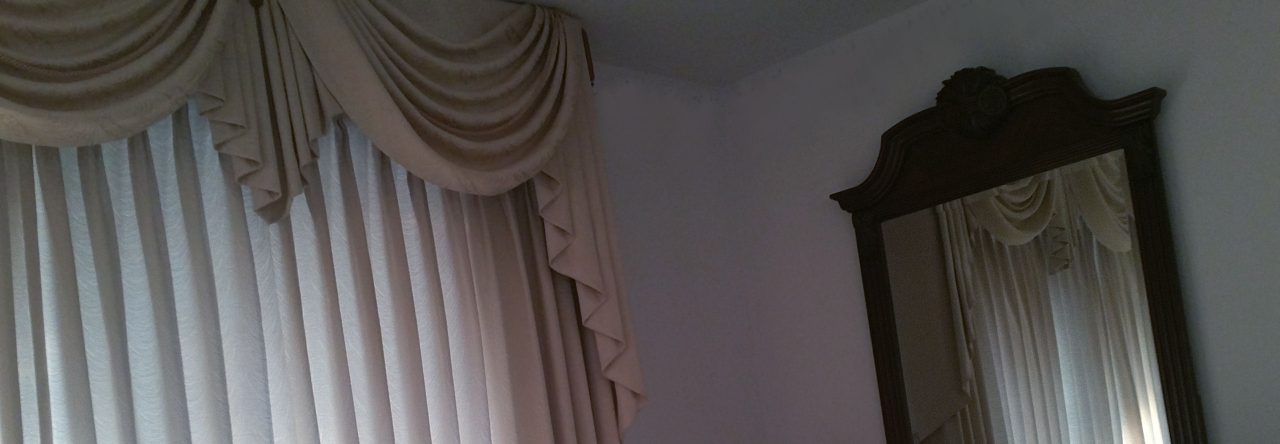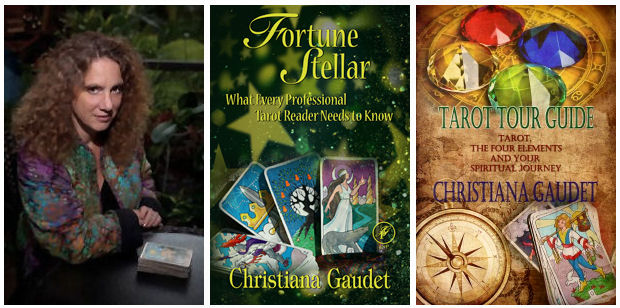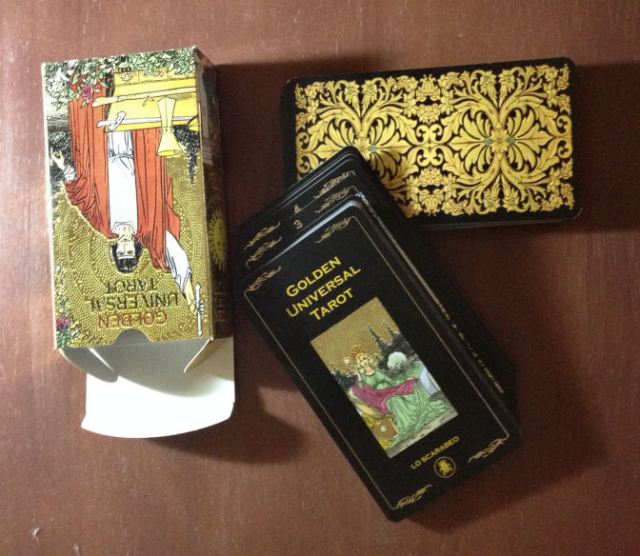
Lumping every professional tarot reader into a single category is not helpful. If you’re seeking out the services of a professional tarot reader, think about what kind of professional you’re looking for. Based on my experiences and observations, here are the different types I’ve seen:
TRADITIONAL READERS
When you think of the traditional practice of tarot reading, you’ll think of the Psychic, the Intuitive, the Empathic, or even the Holistic Reader (the Holistic may be straddling the line between Traditional and Modern–more on that later).
Each one brings a specific style and approach to the practice.
Psychic Tarot Reader. I don’t know what “psychic” means so I’m going to go fast and loose with the term. Some are self-proclaimed psychics and some have been called psychic so often by their clients that they end up reluctantly accepting the term in their title. The Psychic Tarot Reader is someone who, independent of the tarot cards, possesses the ability to see the forking paths we take, past, present, and future. They are able to, with remarkable accuracy, gauge people’s paths into the future and so, in that specific sense, seem to have the ability to see the future. In the alternative, they might be one who has a knack for communicating with other-worldly (so-called supernatural) spirits. Physiologically from birth, these readers have a particular gift, though that gift can be trained and improved (or suppressed). Now, put a deck of tarot cards in their hands and something magical, well, psychic, happens. My only concern with Psychic Tarot Readers is they make up about 1% of tarot readers, if even that, and so from the standpoint of a lay person, differentiating between a legitimate Psychic Tarot Reader and a charlatan is not easy.
Intuitive Tarot Reader. The Intuitive Tarot Reader is also someone who possesses a remarkable gift, though it is a bit different from being psychic. The Intuitive Tarot Reader has this uncanny ability to pinpoint the truth. From somewhere hardly rational, they can help you separate fact from fiction in absolutely the most rational sense. Intuitive Readers are like Swords: they cut away at all the irrelevant underbrush and help clear the path for you toward understanding.
Empathic Tarot Reader. If the Intuitive is someone who can make a beeline for the truth in any situation, the Empathic Tarot Reader is someone who feels exactly what you feel, who can sense energies in an environment and extract accurate emotional data from those energies. Since emotions are our truths, what the Empathic and the Intuitive do aren’t terribly different. They get to the same destination through different means. Empathic Readers are like the Cups (or Chalices). Empathics are incredible spiritual counselors. (That, however, should be distinguished from licensed counselors.) Empathics feel what you feel and because of that, understand you in a way no one else seems to understand you. That mutual sense of understanding can be cathartic and validating and just what was needed to help you move onward.
Holistic Tarot Reader. The Holistic Tarot Reader incorporates other practices with tarot to provide, well, a holistic experience. They’ll bring in numerology and astrology and runes and after the tarot reading, maybe draw an oracle card, or consult the I Ching. They have a sense of what incense can stimulate what, what gemstones and crystals amplify what energies, and generally draw from an expansive body of learned knowledge to integrate with the reading. In terms of how they read cards, they consider the context of the tarot signs and symbols, the esoteric knowledge that such imagery reference, and apply metaphors and archetypes to help you understand the fuller context of your situation. Intuitive and Empathic Readers may also be Holistic with their practice, but not all Holistic Tarot Readers are Intuitive or Empathic.
NOTE: Very few professional tarot readers fit neatly into just one of those categories. Each one will be a combination of the above, though they may be predominantly Intuitive or predominantly Empathic. Psychic Readers tend to be both. However, not all Intuitive and Empathic Readers are Psychic. Hope that makes sense. Also, very few tarot readers are one trick ponies, and so most of them are going to be Holistic to some degree.
MODERN READERS
Though we live in modern times, most tarot readers today still follow a traditional practice, as set forth above. Yet a few new types have cropped up in the last decade or so.
Holistic Tarot Reader. See above under Traditional. While Holistic Tarot Readers have probably been around since the early ages of tarot reading, a more defined approach with holism in mind did not come about until recently, so I include them in both listings, Traditional and Modern. The modern Holistic Reader may incorporate reiki, for example, or feng shui, or they’ll talk to you about chakras during your tarot reading. Your sessions with them might get heavily influenced by transpersonal psychology.
The Tarot Counselor. This professional is a licensed counselor, social worker, or therapist. The law says this person can get paid for counseling services because said person has received the proper institutionalized education necessary. In addition, the Tarot Counselor is a skilled tarot reader and integrates tarot into his or her counseling work. I don’t know if maybe it’s just the group I hang around or what, but from my vantage point, this type of tarot reader is growing steadily in numbers. The psychoanalytical aspect of tarot reading is becoming more popularly recognized today and looking less and less occult. If you’re looking for a counselor or therapist, consider one who uses tarot.
The Tarot Life Coach. It’s my understanding that life coaches do not need to be licensed or certified, but certainly correct me if I am wrong. Anyone can start a business service as a Life Coach with no required education, training, licensing, or certification (kind of like tarot readers). In a nutshell, Life Coaches help you identify your goals and then help you formulate a strategic plan to accomplish those goals. Then, they’re supposed to be there for you every step of the way to motivate you. Again, the incredible power and utility of tarot is recognized by modern professionals and many Life Coaches work with it to help their clients.
The Tarot Interpreter. The Tarot Interpreter sees tarot as a book, a prophetic text or simply, a tool that reflects that which is in the unconscious into the conscious plane so that such information can become of use. Book or tool, someone with specialized knowledge and a wealth of experience with the cards can read tarot in an optimally precise way. Like one of those TI-85 calculators– any dope can pick one up and use it, but without that specialized knowledge and training, good luck doing anything interesting with one! The Tarot Interpreter works as a translator. You approach the tarot directly, in effect, and then the Tarot Interpreter translates the language (the signs and symbols) of tarot to one you might better understand.
* * *
Tarot professionals will develop their own style of reading and that style is typically a hybrid of some of the above types. I’d say I’m a Holistic Tarot Reader and Tarot Interpreter mix. While it would be nice to see tarot professionals offering key information about their reading styles so that you can discern what type of reader they are, that might not happen. My recommendation is to review the above to figure out what type of tarot reader you’re looking for, and then find one with a reading approach that reflects that type.










